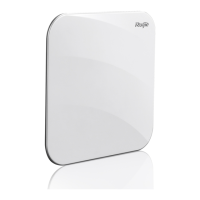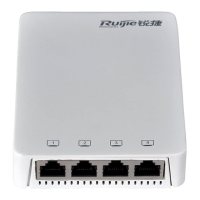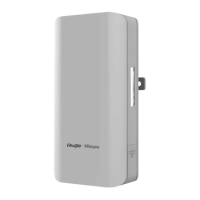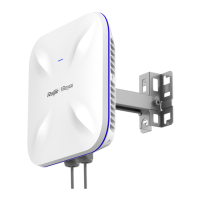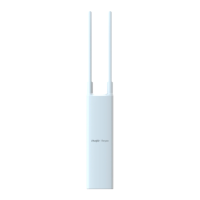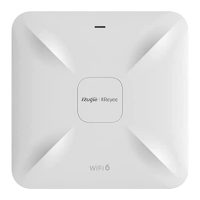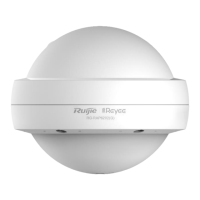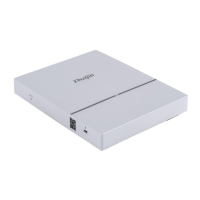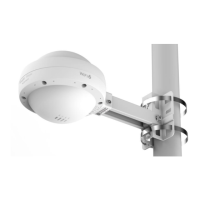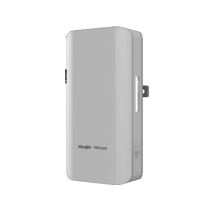Configuration Guide Configuring IP Addresses and Services
1.3.2 Broadcast Packet Processing
Working Principle
Broadcast is divided into two types. One is limited broadcast, and the IP address is 255.255.255.255. Because the broadcast
is prohibited by routers, the broadcast is called local network broadcast. The other is directed broadcast. All host bits are 1s,
for example, 192.168.1.255/24. The broadcast packets with these IP addresses can be forwarded.
If IP network devices forward limited broadcast packets (destination IP address is 255.255.255.255), the network may be
overloaded, which severely affects network performance. This circumstance is called broadcast storm. Devices provide
some approaches to confine broadcast storms within the local network and prevent continuous spread of broadcast storms.
L2 network devices such as bridges and switches forward and spread broadcast storms.
The best way to avoid broadcast storm is to assign a broadcast address to each network, which is directed broadcast. This
requires the IP protocol to use directed broadcast rather than limited broadcast to spread data.
For details about broadcast storms, see RFC 919 and RFC 922.
Directed broadcast packets refer to the broadcast packets destined for a subnet. For example, packets whose destination
address is 172.16.16.255 are called directed broadcast packets. However, the node that generates the packets is not a
member of the destination subnet.
After receiving directed broadcast packets, the devices not directly connected to the destination subnet forward the packets.
After directed broadcast packets reach the devices directly connected to the subnet, the devices convert directed broadcast
packets to limited broadcast packets (destination IP address is 255.255.255.255) and broadcast the packets to all hosts on
the destination subnet at the link layer.
Related Configuration
Configuring an IP Broadcast Address
By default, the IP broadcast address of an interface is 255.255.255.255.
To define broadcast packets of other addresses, run the ip broadcast-address command on the interface.
Forwarding Directed Broadcast Packets
By default, directed broadcast packets cannot be forwarded.
On the specified interface, you can run the ip directed-broadcast command to enable directed broadcast packets
forwarding. In this way, the interface can forward directed broadcast packets to networks that are directly connected.
Broadcast packets can be transmitted within the destination subnet without affecting forwarding of other directed
broadcast packets.
On an interface, you can define an Access Control List (ACL) to transmit certain directed broadcast packets. After an
ACL is defined, only directed broadcast packets that match the ACL are forwarded.
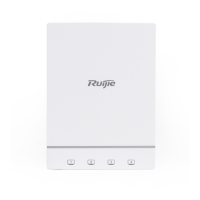
